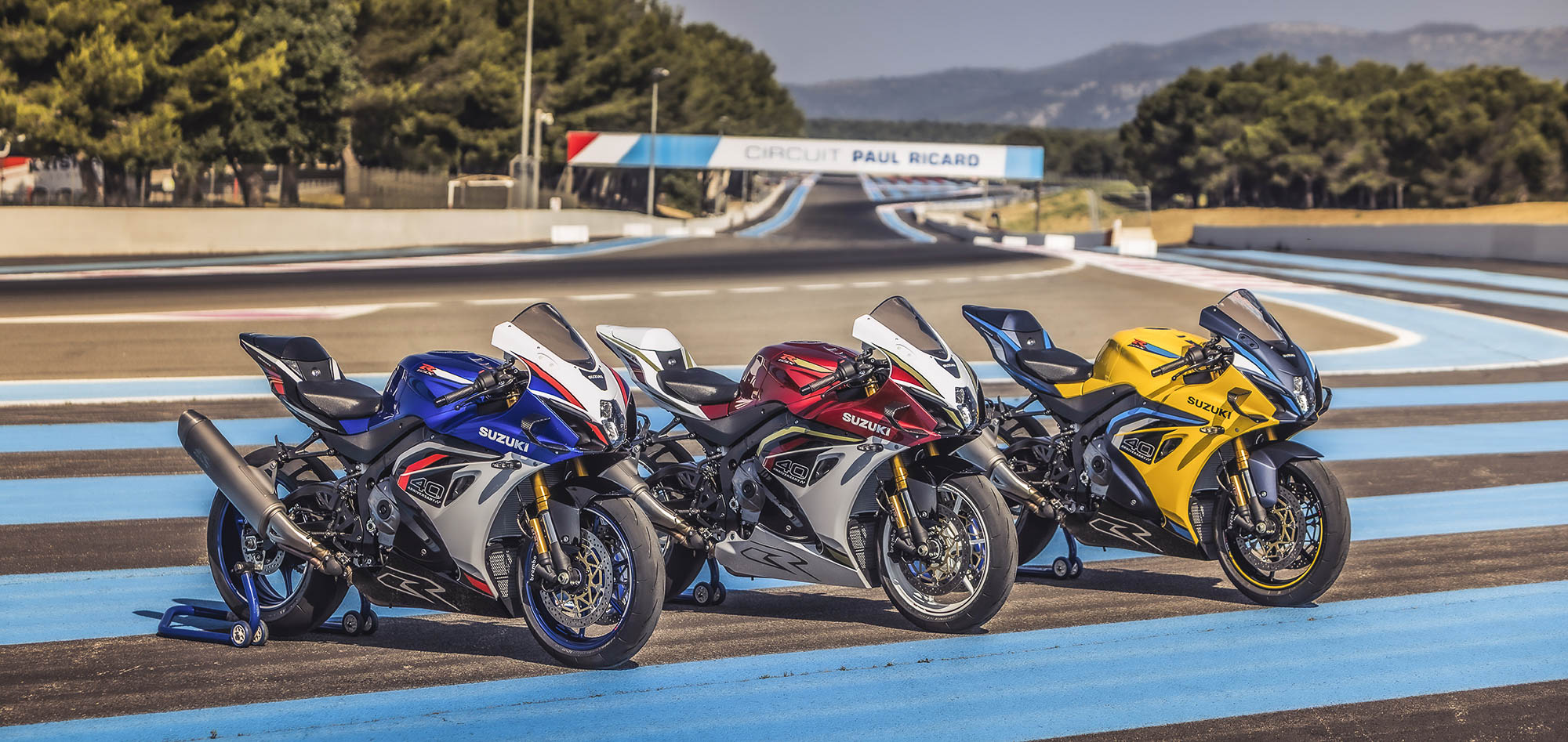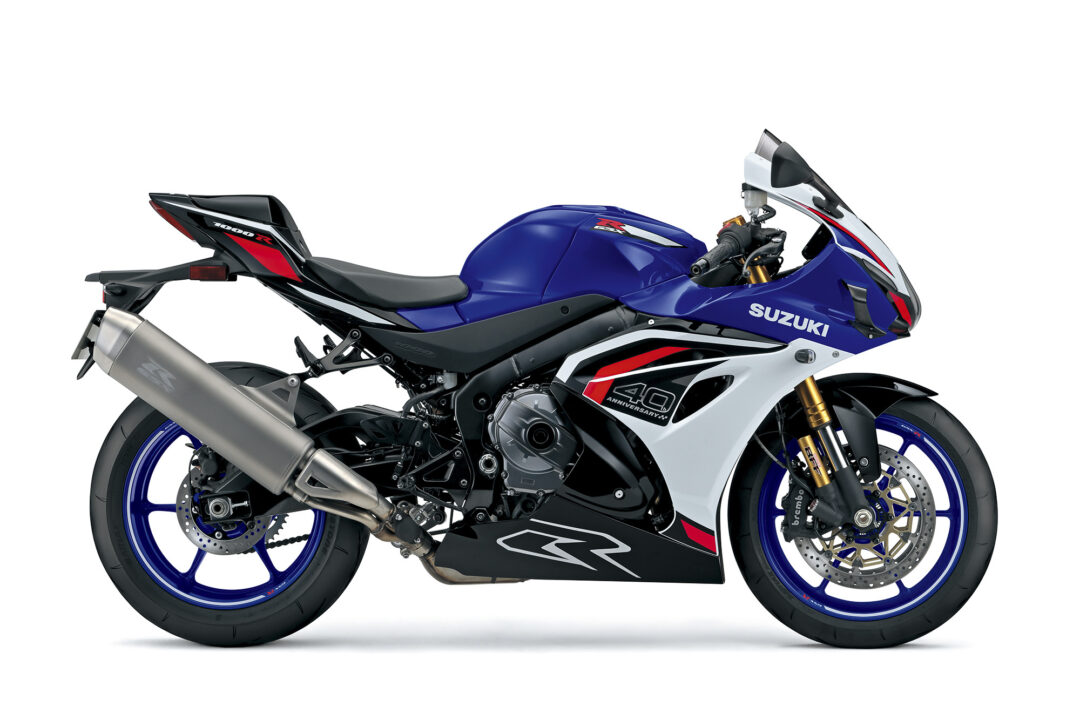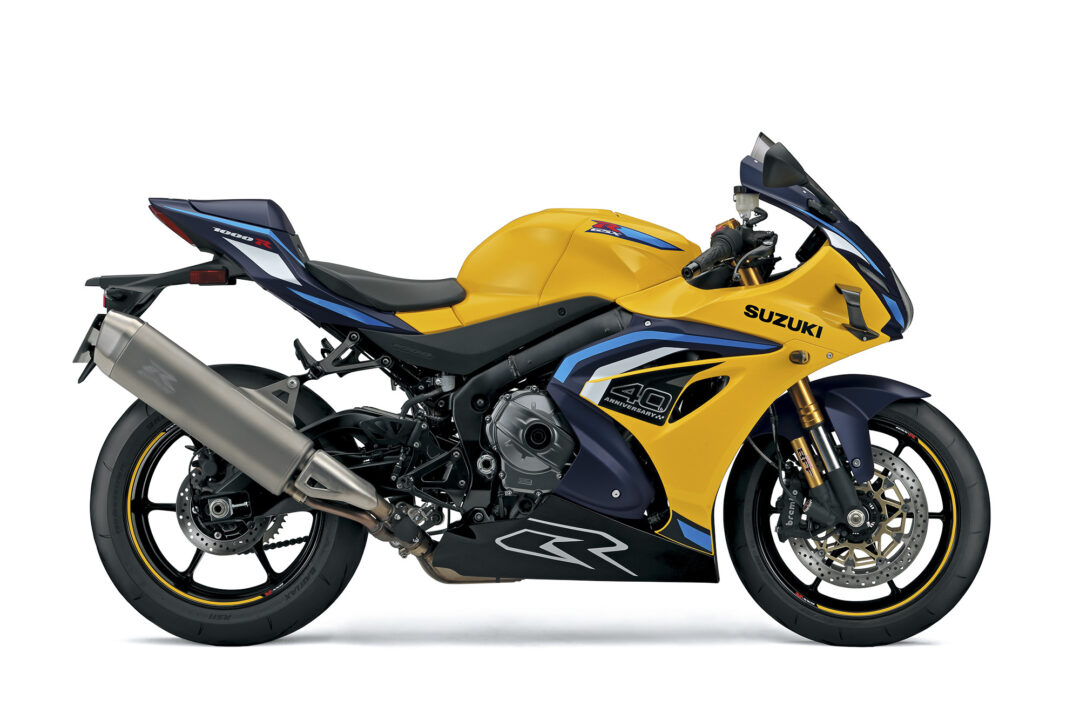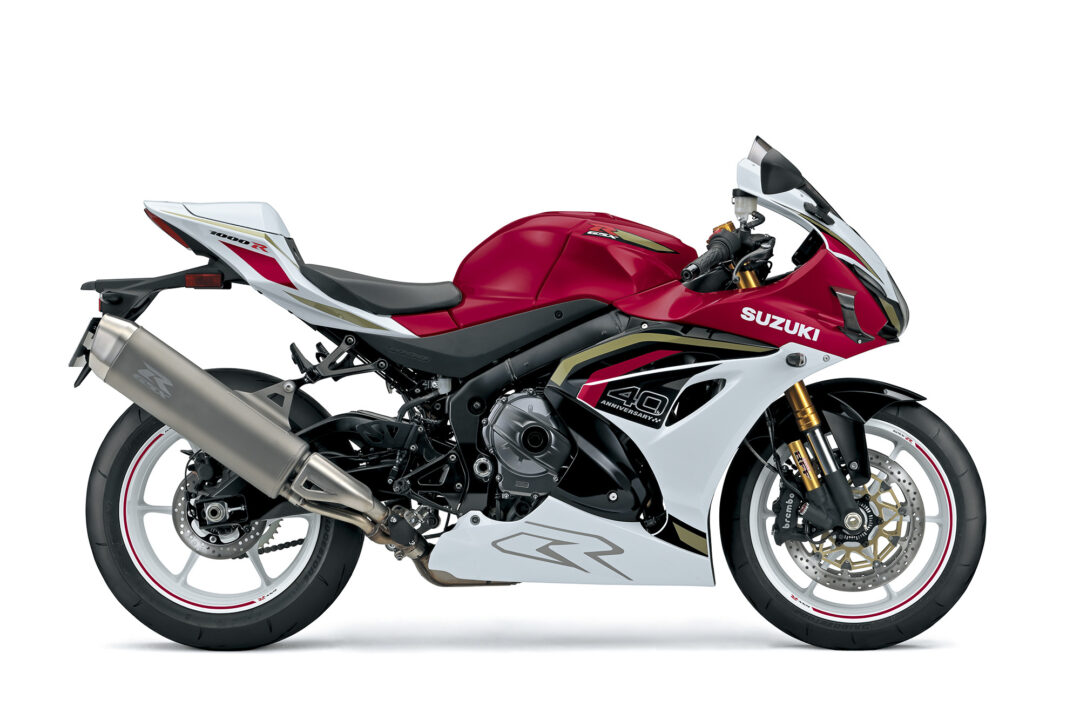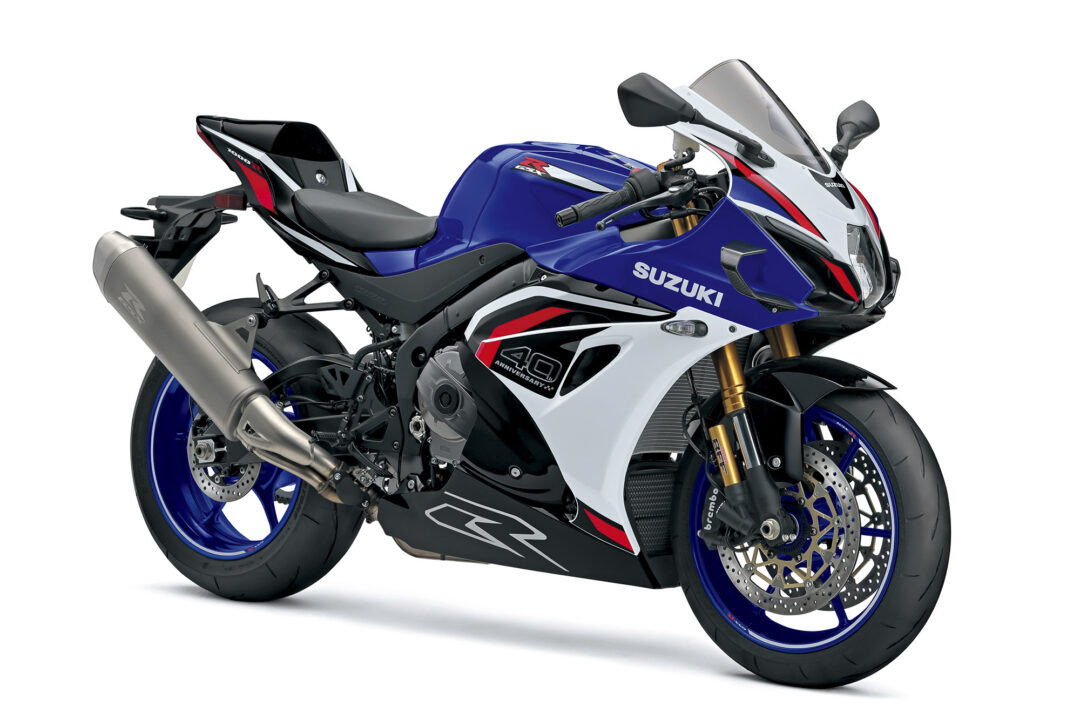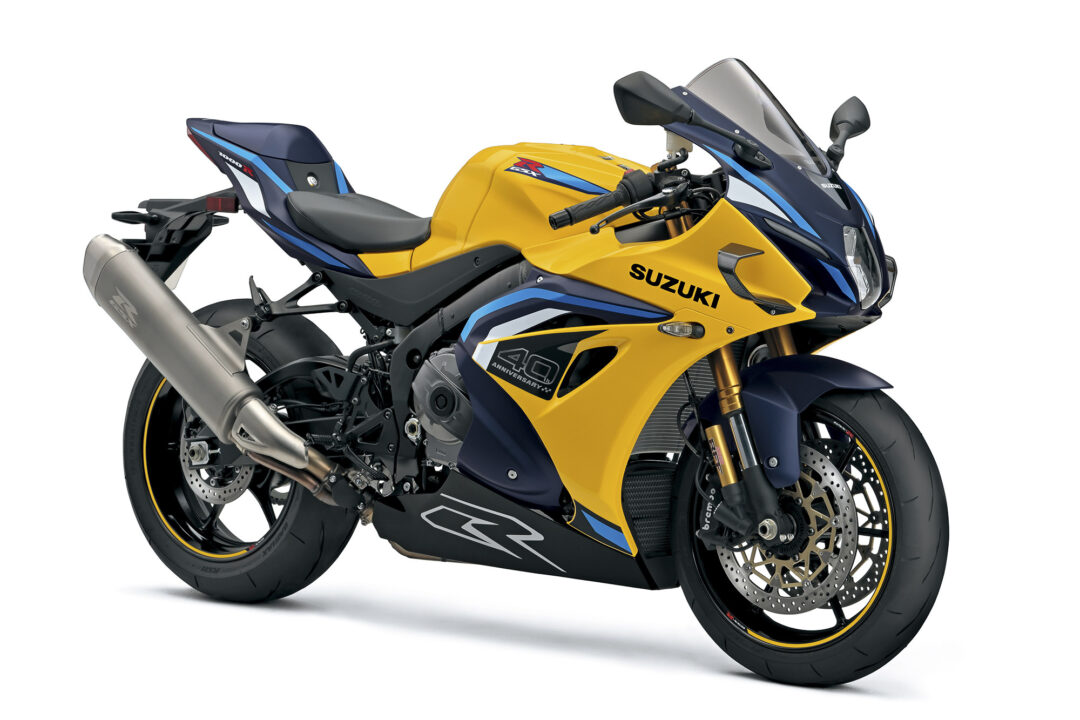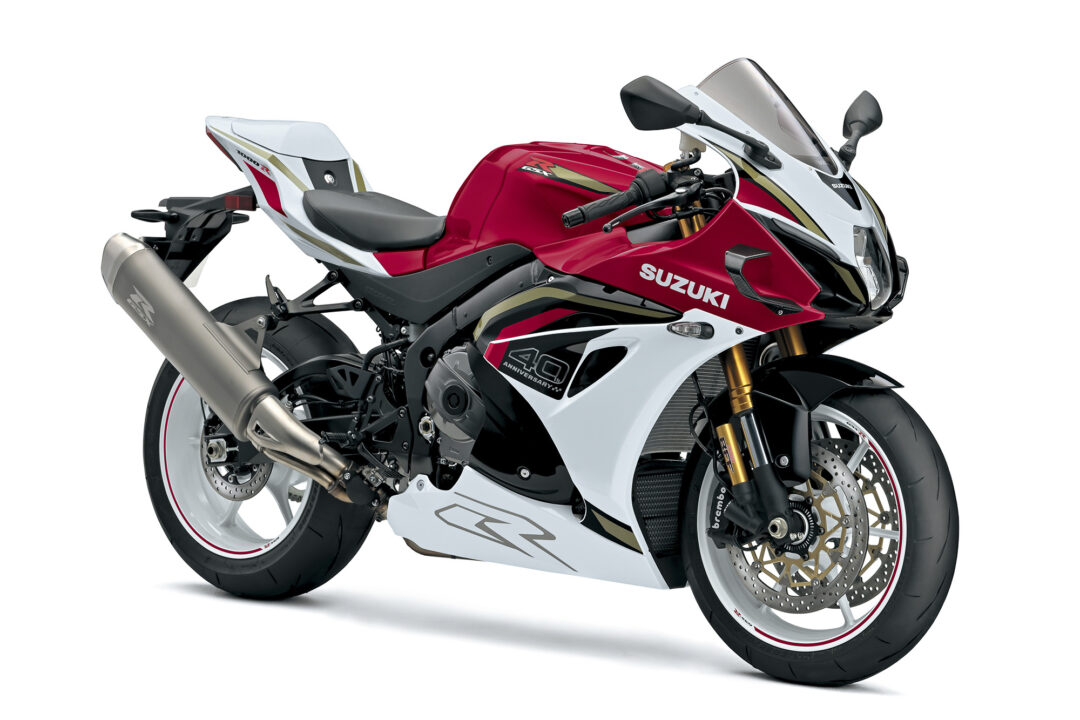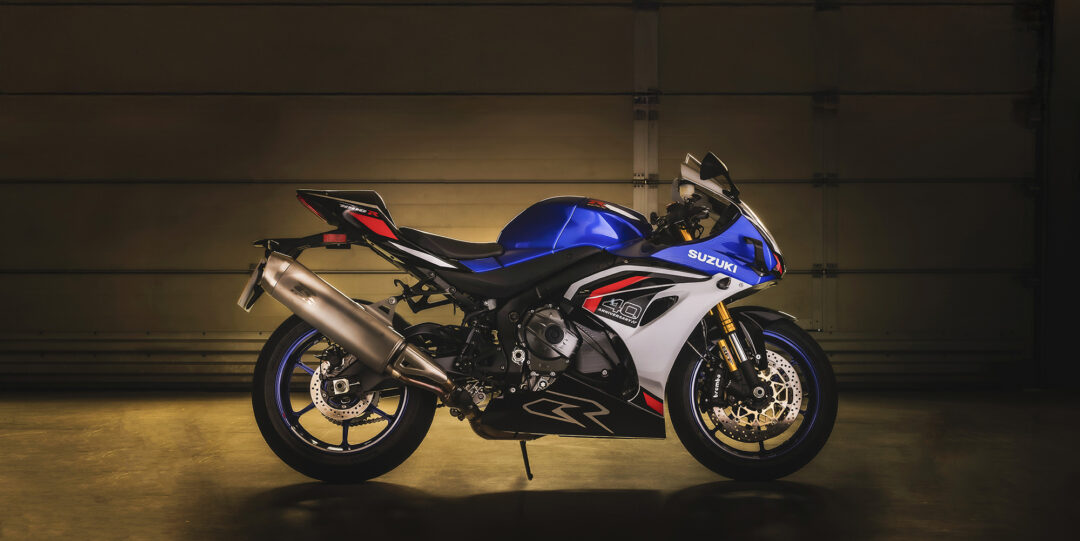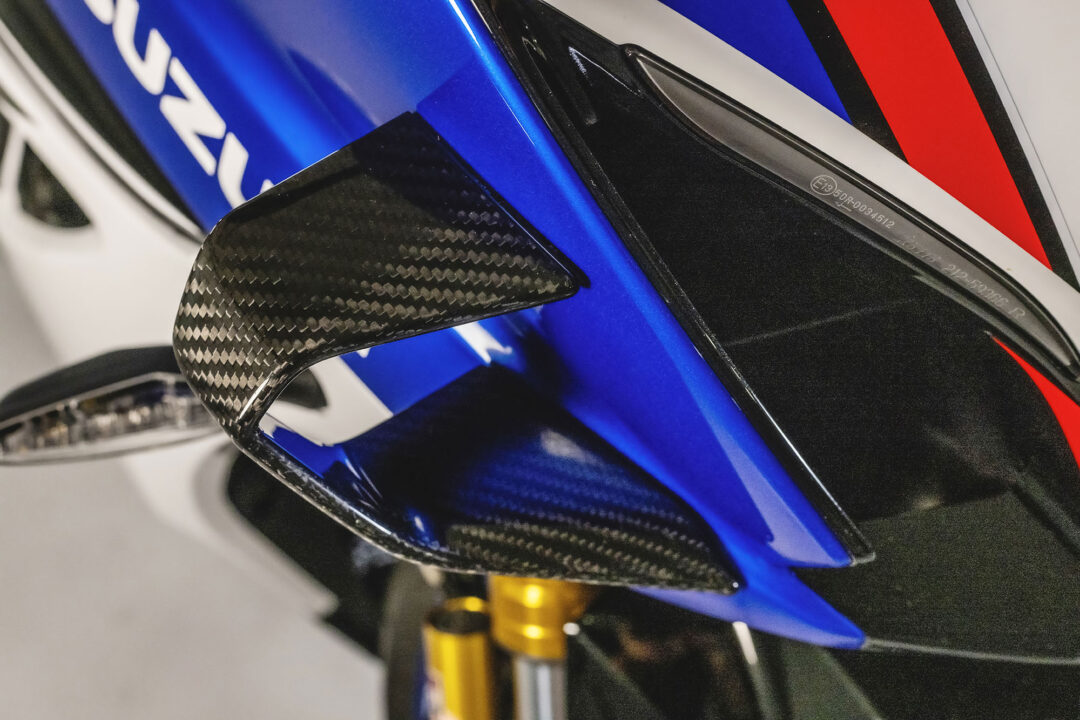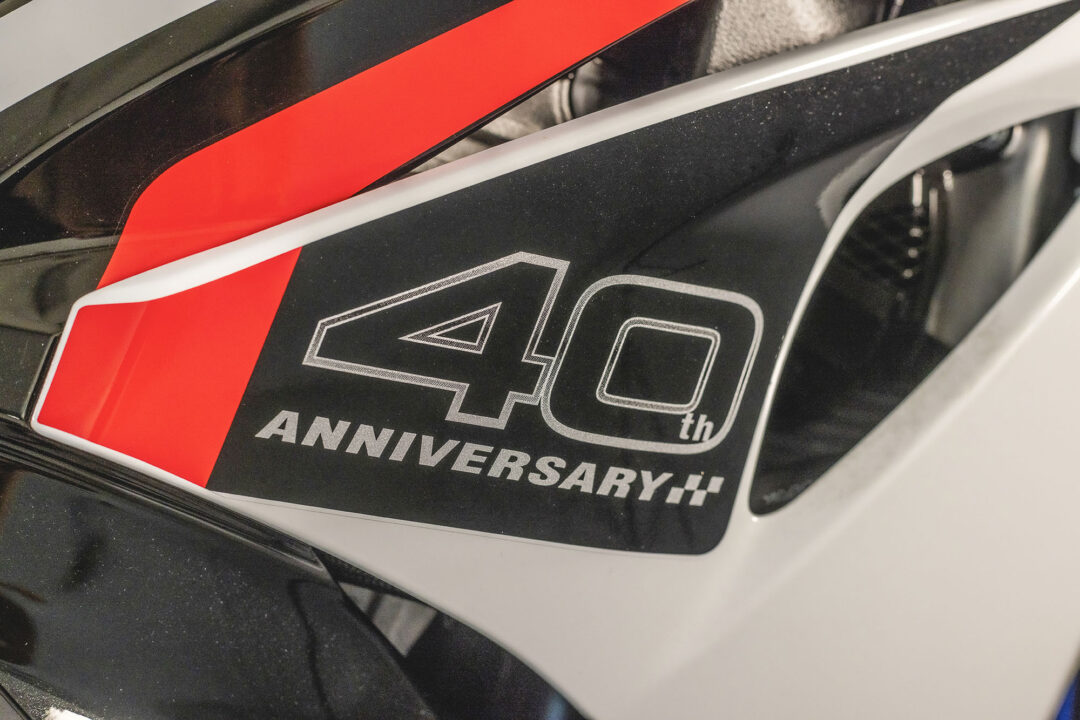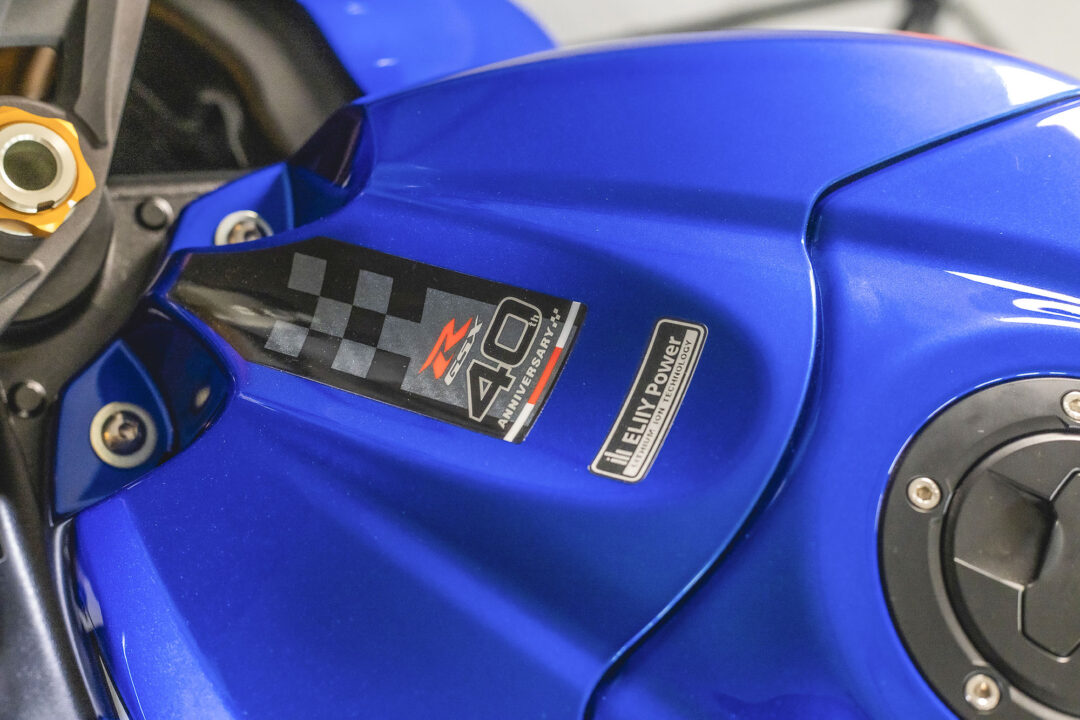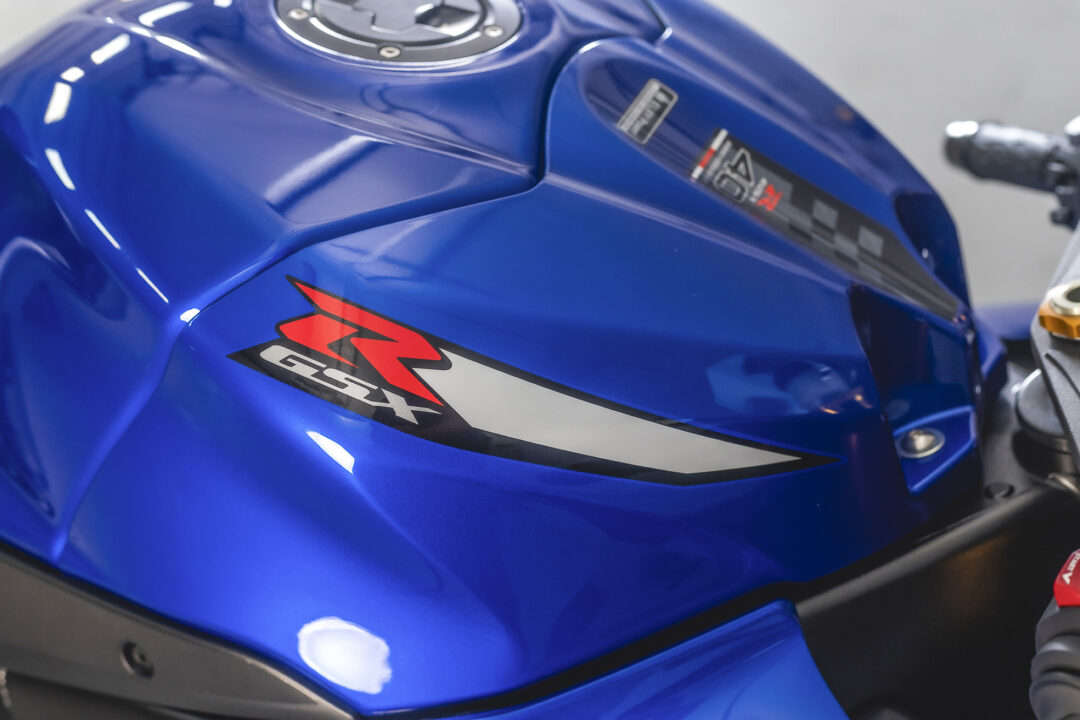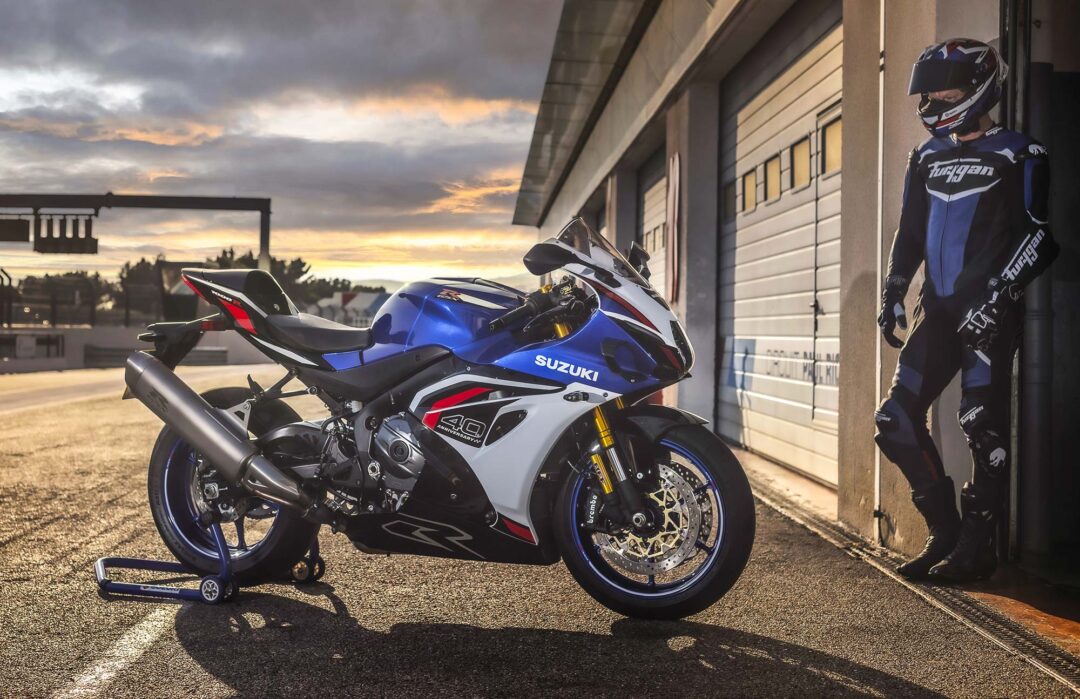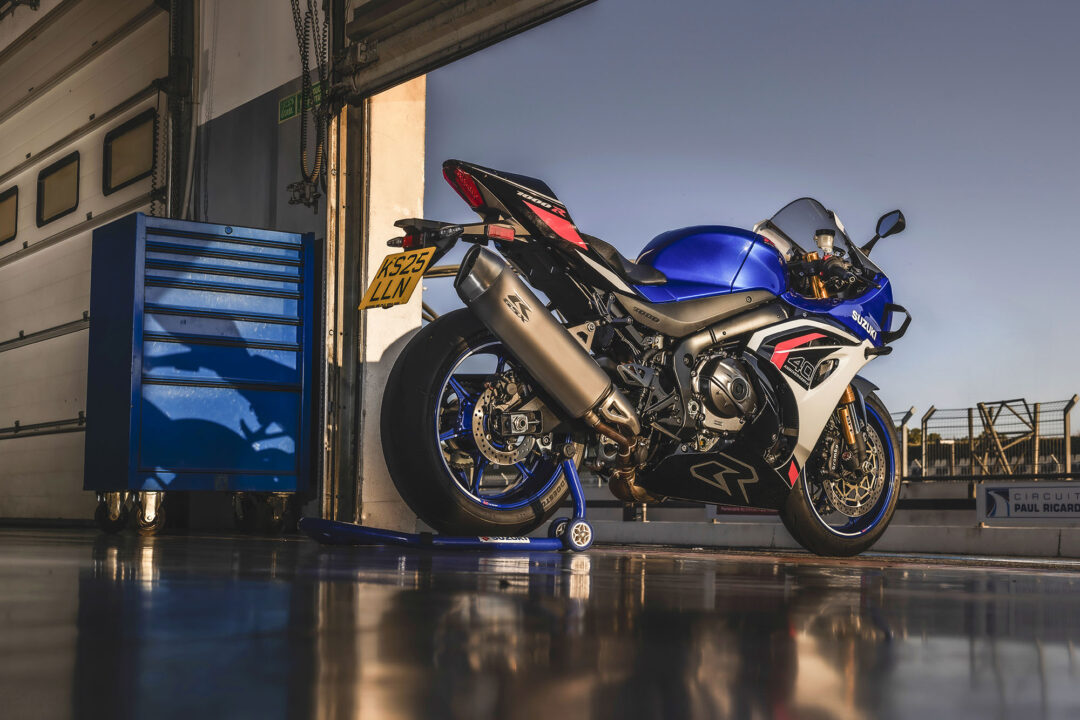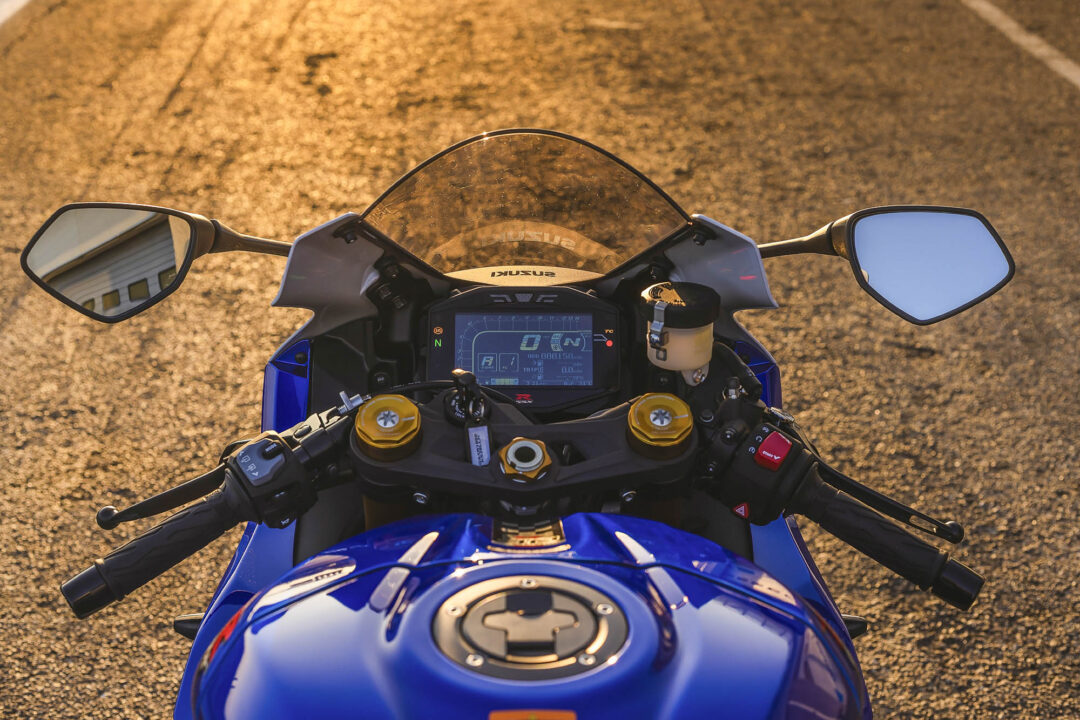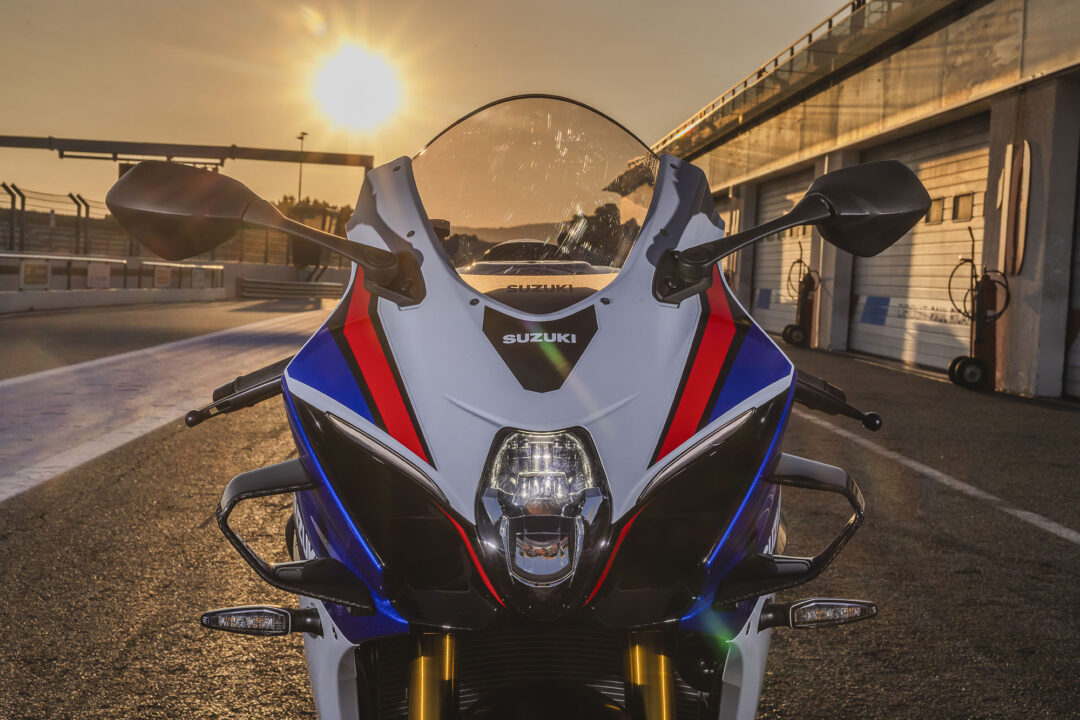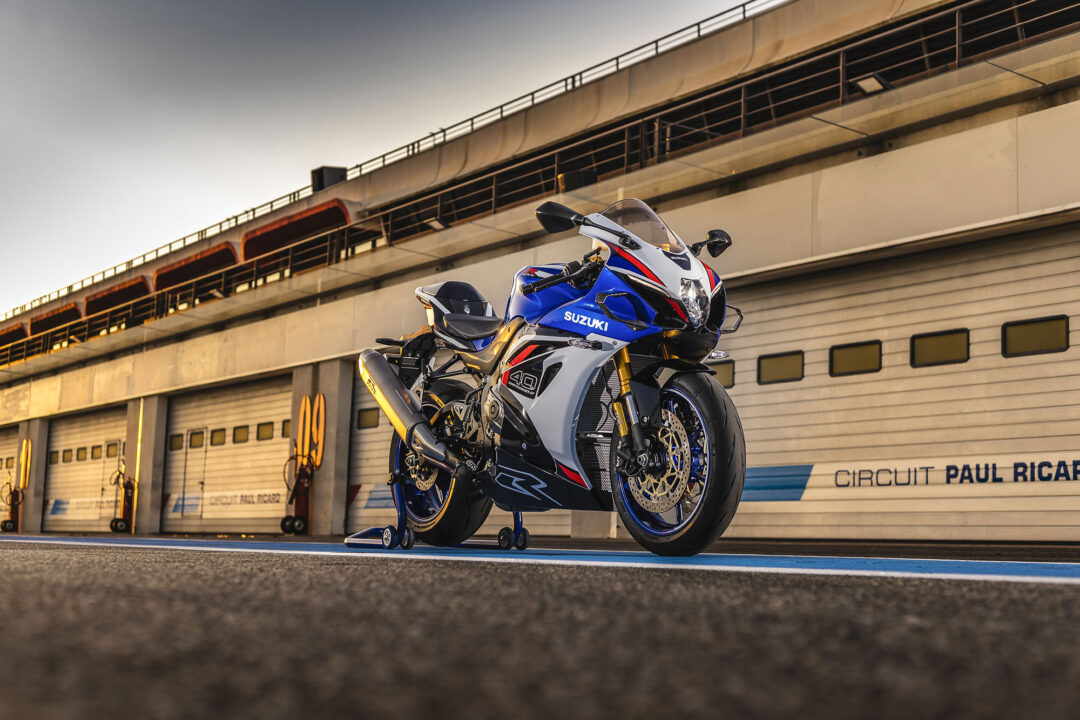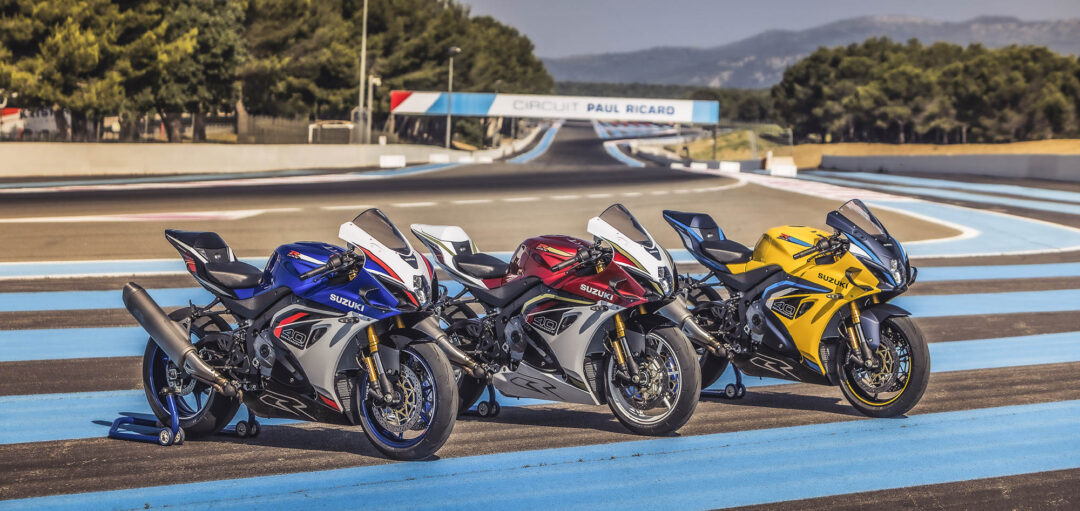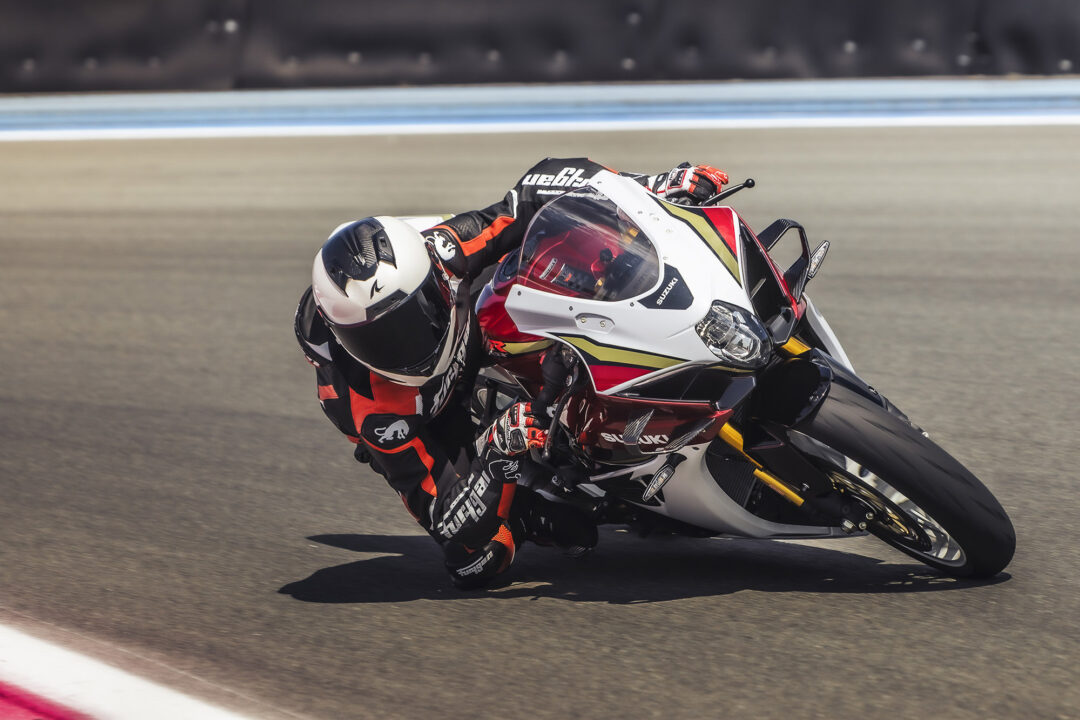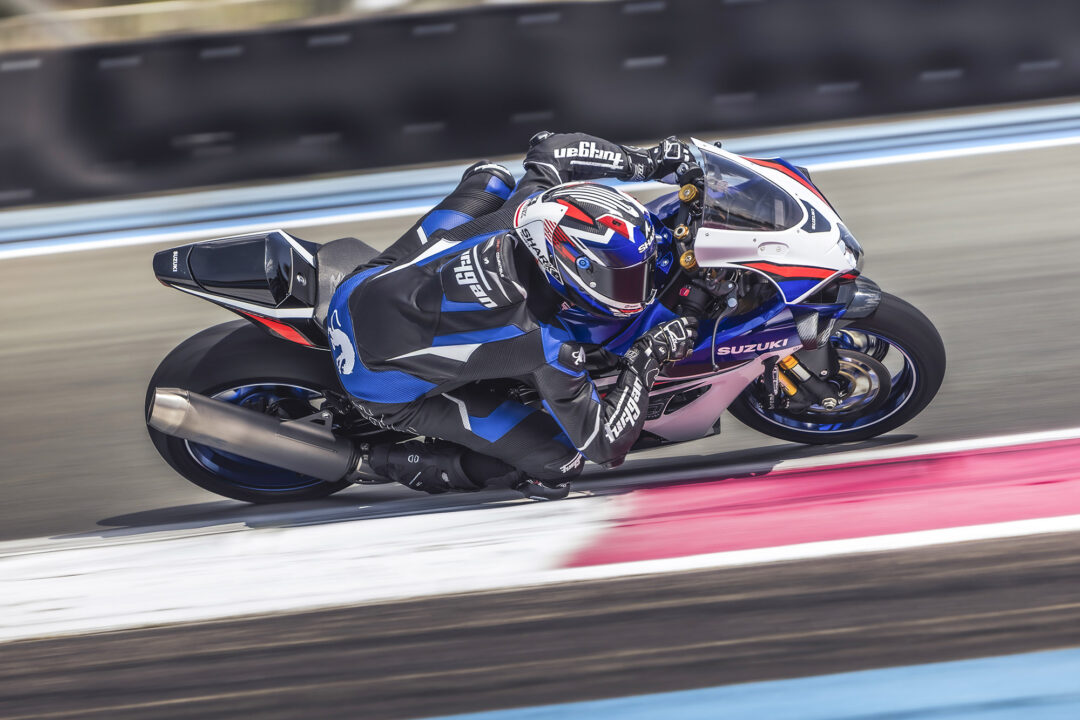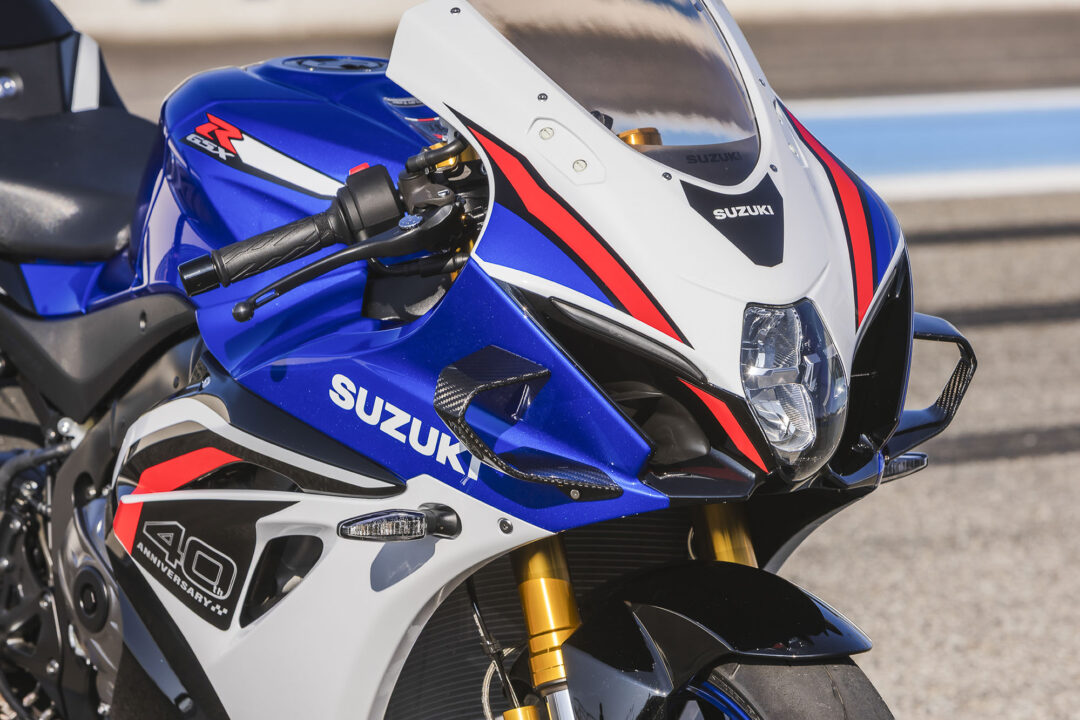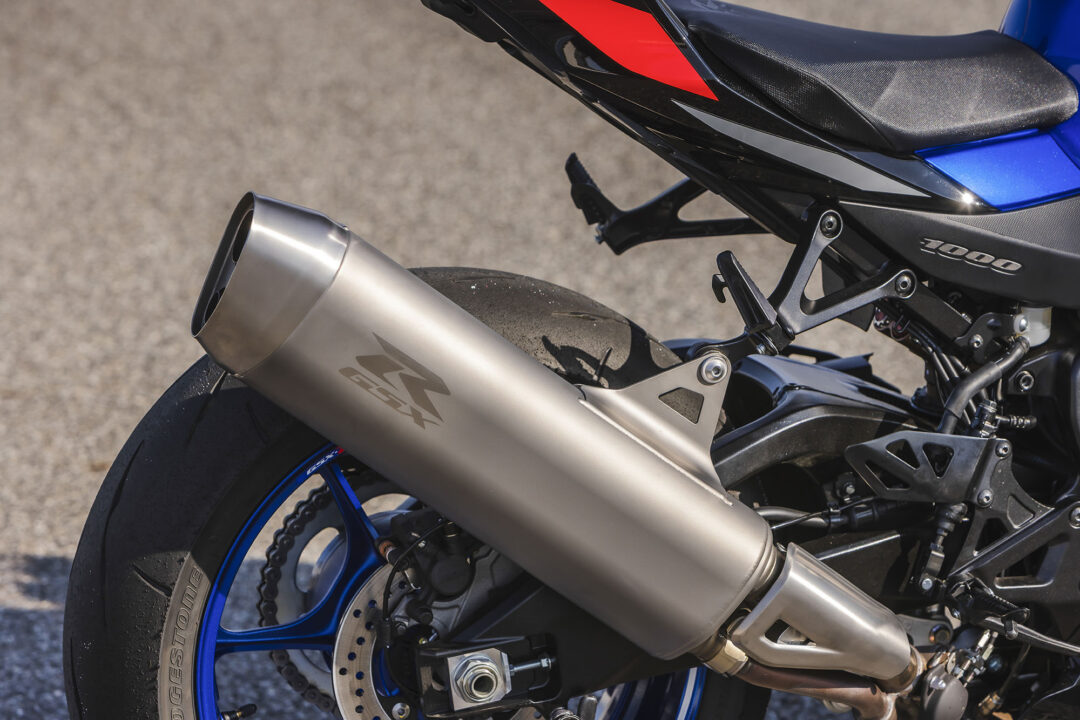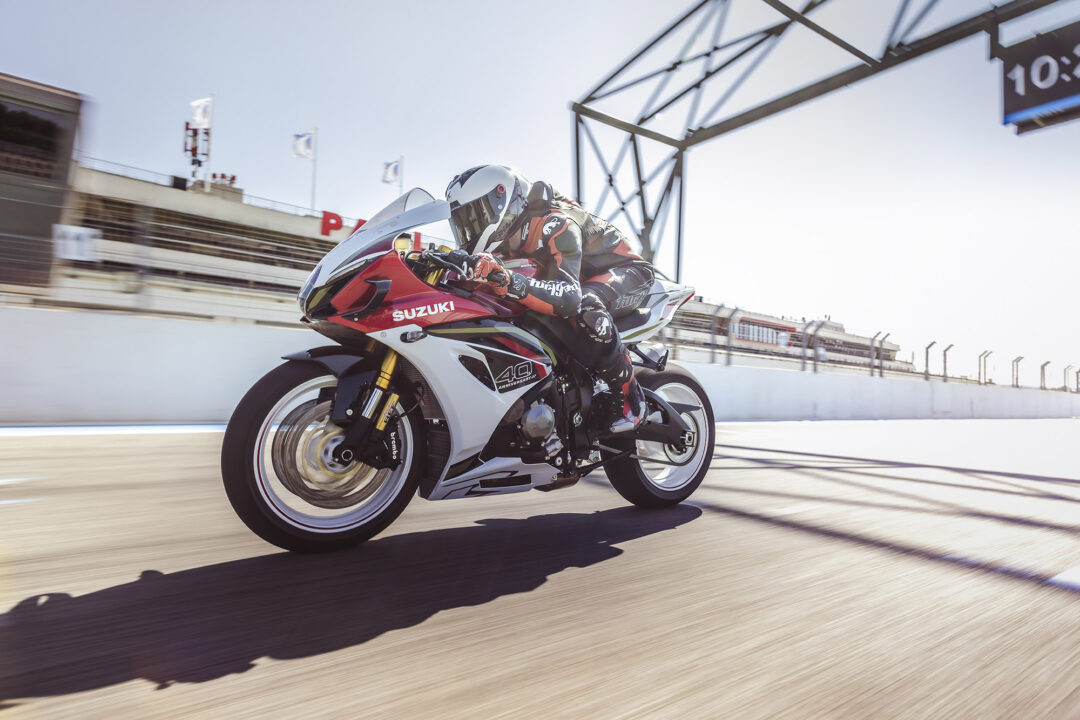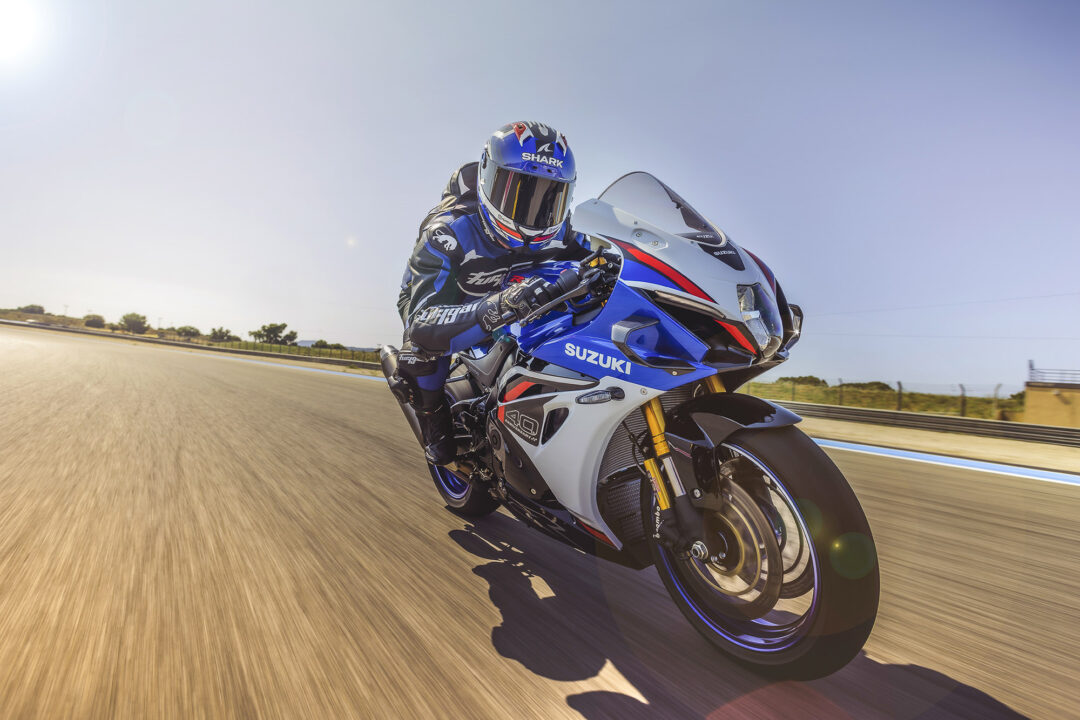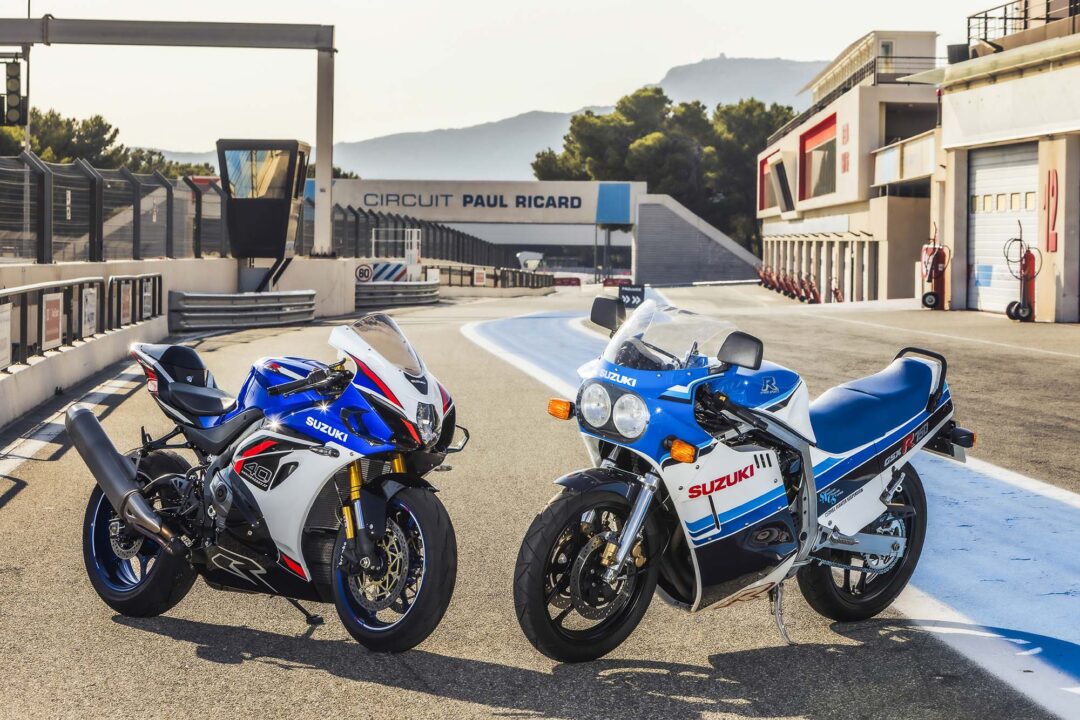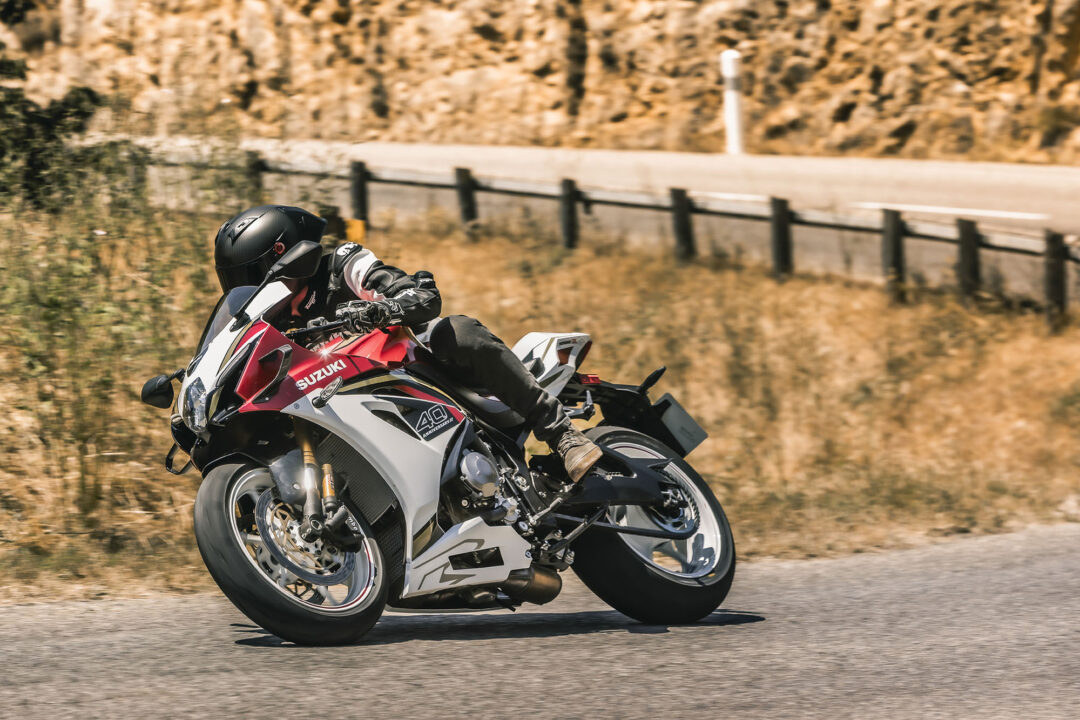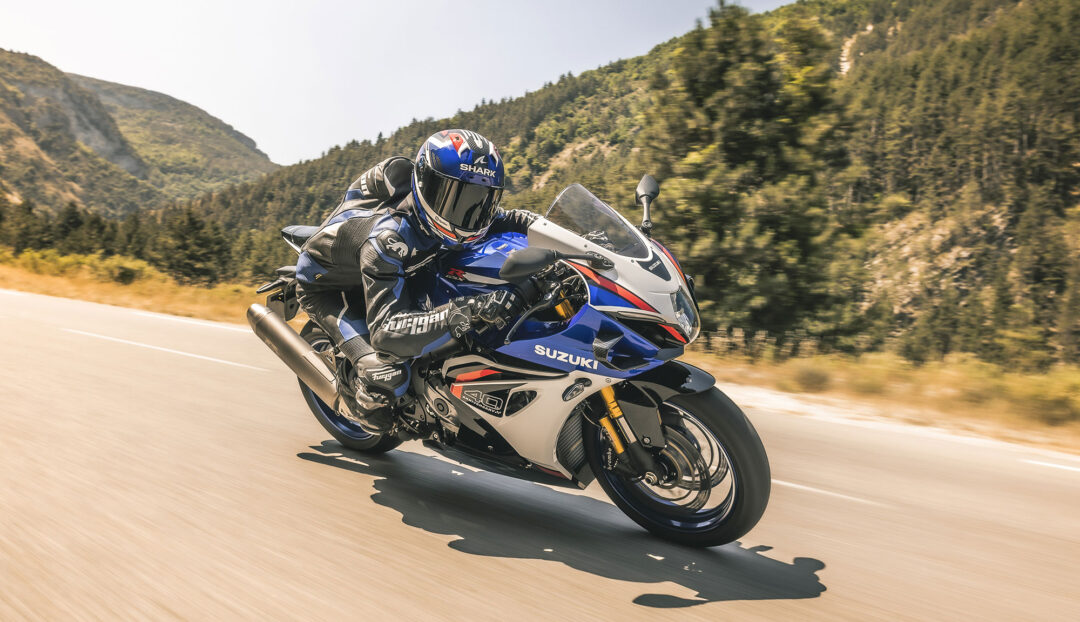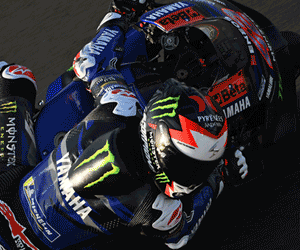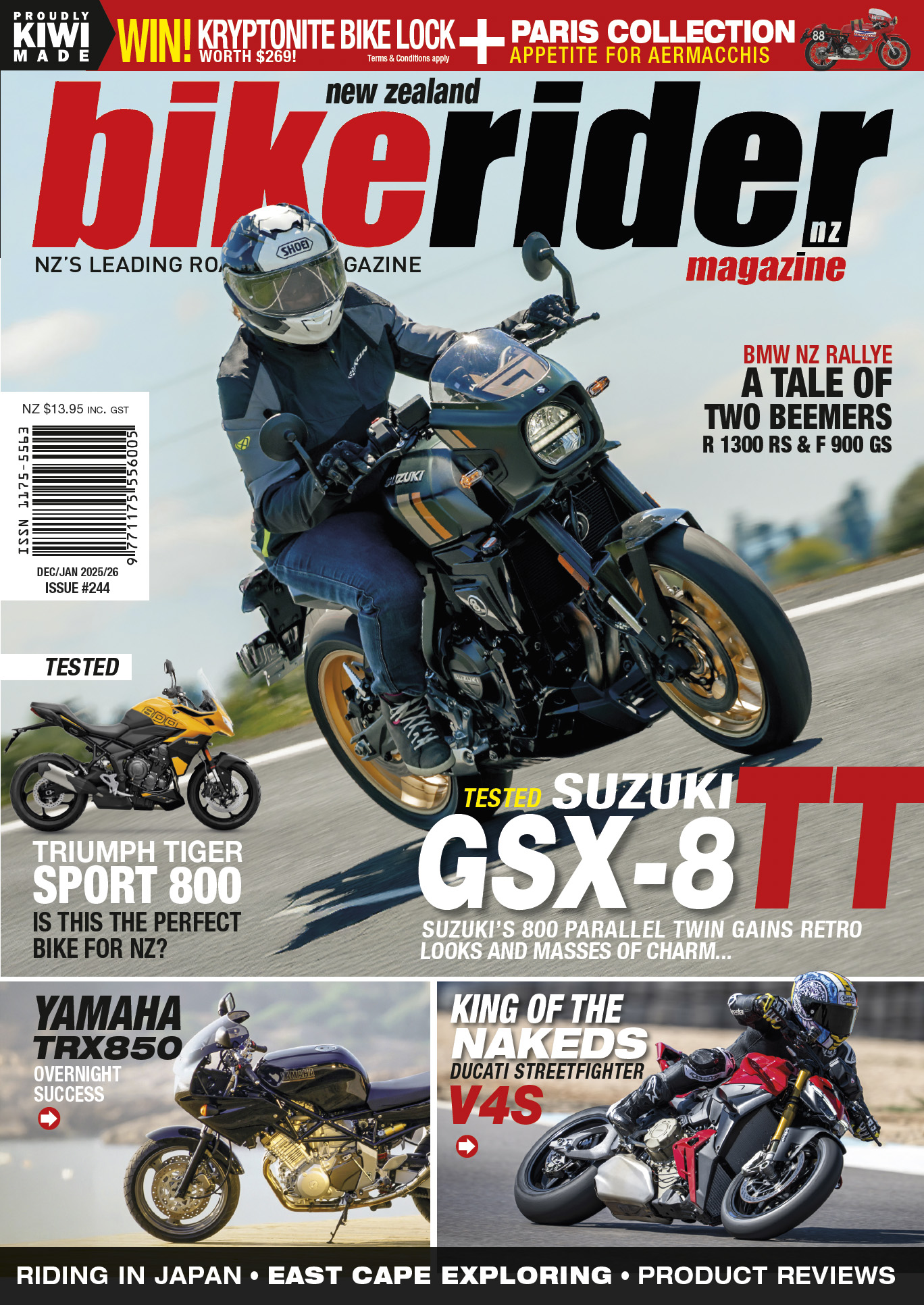After a brief absence, Suzuki’s legendary GSX-R1000R is back — and it’s arrived with more than just a fresh lick of paint.
- Euro5+ emissions regulations almost spelled the end of the Gixxer, but the new model has now met the stringent testing.
- 195PS at 13,200rpm and 110Nm of torque on tap at 11,000rpm should provide plenty of fun.
- Electronics now feature 10-stage TC, anti wheelie and Roll Torque Control.
Designed to comply with the latest Euro5+ emissions regulations while retaining its ferocious performance, the new GSX-R1000R has undergone a thorough revamp under the skin. It might look familiar, but don’t be fooled — this is the most refined and race-focused iteration of Suzuki’s flagship superbike to date.
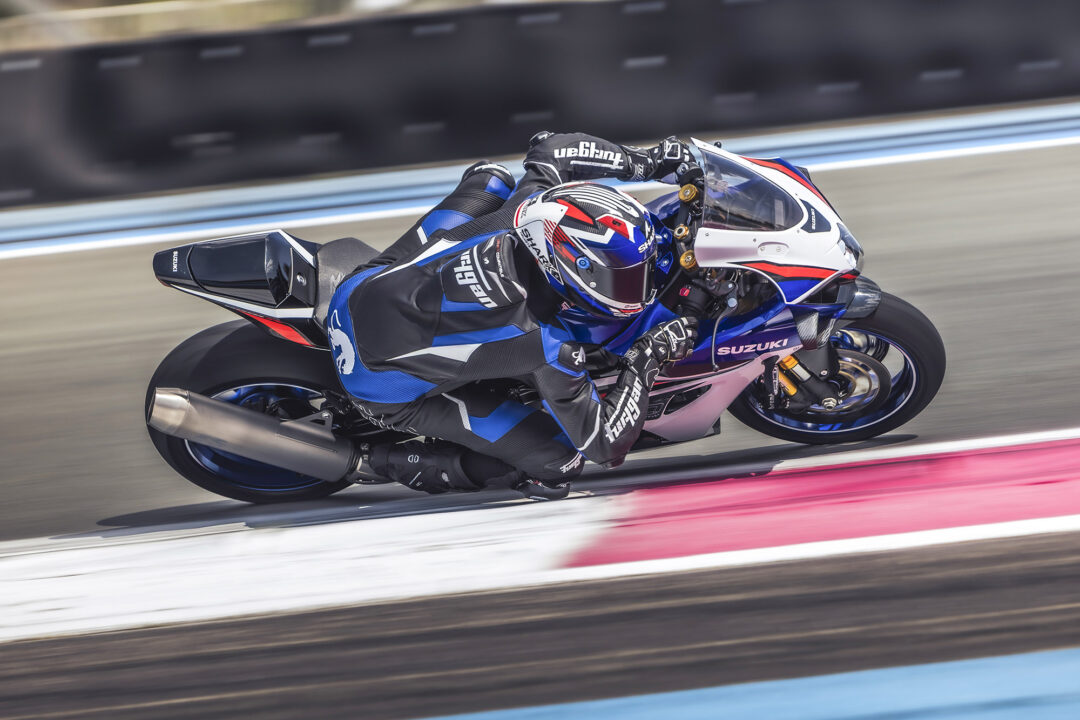
Evolution, Not Revolution
Suzuki has never been one to chase headlines with gimmicks — instead, the brand quietly refines, tweaks, and optimises. The 2025 GSX-R1000R is a textbook example of this approach. A host of updates target the engine, electronics, and aerodynamics, all while staying true to the GSX-R’s ethos: blistering speed, real-world rideability, and mechanical simplicity.
At its heart is the same 999cc inline four-cylinder engine, still featuring Suzuki’s MotoGP-derived variable valve timing system. But to meet tougher emissions rules (and stay competitive on track), Suzuki has gone deep — swapping out the crankshaft, crankcases, pistons, and connecting rods. The compression ratio jumps to a punchy 13.8:1, the cam profiles are reworked, and even the exhaust valves grow in size to improve flow.
The result? Power stays strong at 195PS at 13,200rpm, with 110Nm of torque on tap at 11,000rpm. And despite a more compact silencer and a catalytic converter tucked closer to the headers, the GSX-R1000R still sings its mechanical symphony when wound out.
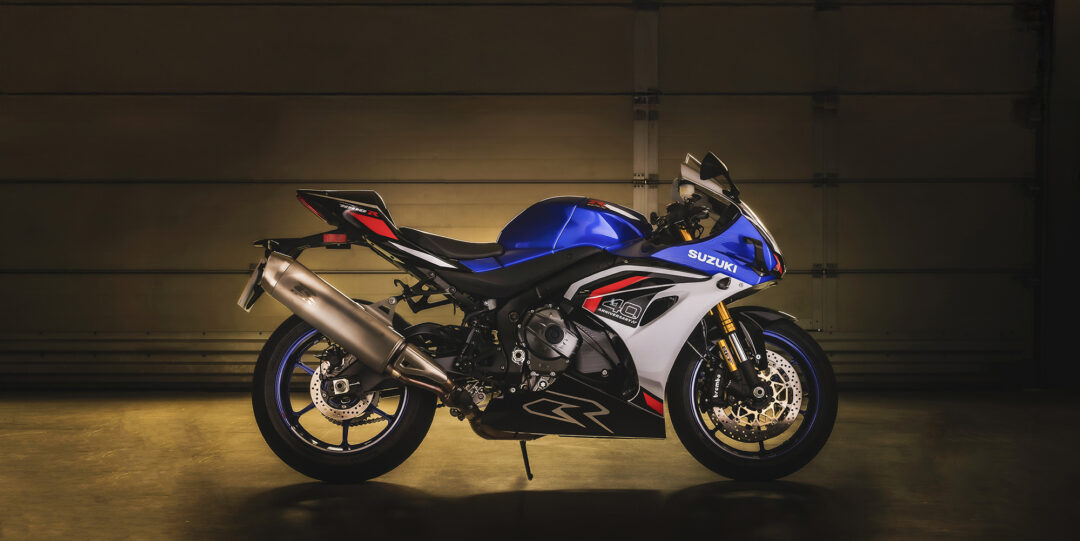
Track-Tested Hardware, Street-Smart Thinking
Much of this development stems from Suzuki’s endurance racing efforts — most notably, the gruelling Suzuka 8-Hour. The new crank and cases were proven under the extreme loads of competition, and the updated winglets now sprouting from the fairing were shaped in the fire of race testing.
Built from hollow dry carbon and developed with feedback from the Suzuki CN Challenge team, the new aerodynamic aids increase downforce at speed without dulling the bike’s agility. In plain terms: more front-end stability and less unwanted wheelie when you’re hard on the throttle.
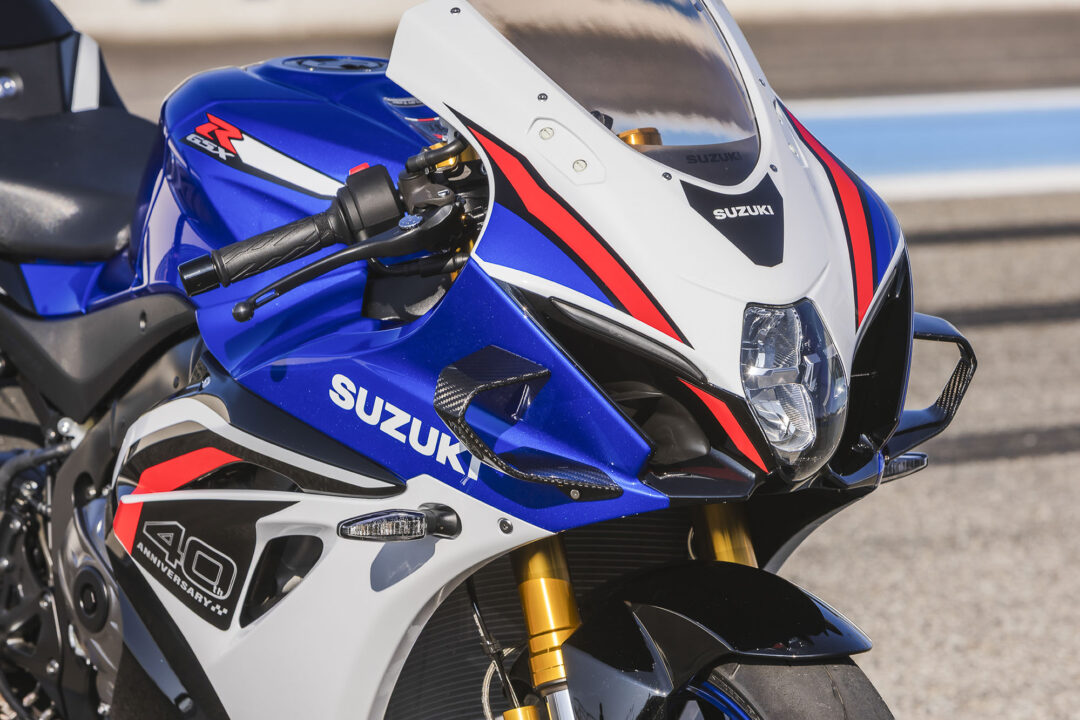
Underneath the Skin
The chassis remains reassuringly familiar. Suzuki’s proven twin-spar aluminium frame and braced swingarm are matched with Showa’s high-end Balance Free forks and rear shock. Brembo monoblock calipers handle braking up front, gripping 320mm discs, while Bridgestone’s sticky Battlax Racing Street RS11 rubber keeps it all planted.
But while the hardware is solid, it’s the electronics that bring the GSX-R into sharper focus for 2025.
An updated six-axis IMU unlocks a refined traction control system with 10 levels, anti-wheelie, and Roll Torque Control — Suzuki’s predictive cornering torque limiter that works in harmony with traction control to reduce slip before it happens, rather than after. It’s designed to deliver smoother, more consistent drive out of corners, particularly when leaned over on edge.
There’s also lean-sensitive ABS, launch control, a bi-directional quickshifter, slope-dependent control, and Suzuki’s signature low-RPM assist and easy-start functions. A lighter lithium-ion battery rounds out the package.

Forty Years of Gixxer Glory
This update coincides with a significant milestone — 40 years of GSX-R. Since the GSX-R750F first landed in 1985, Suzuki’s race-replica family has carved out a reputation for no-nonsense, high-performance motorcycles that punch far above their weight.
To mark the occasion, the GSX-R1000R will be available in three retro-inspired colourways: a classic blue and white, a vibrant red and white, and a striking yellow and matte blue, although we’re unsure at this time if all will be available in NZ. All feature a 40th anniversary logo on the tank and fairing, a retro ‘R’ on the bellypan, and nostalgic design touches across the bodywork — from the seat and exhaust markings to grey-finished clutch covers.
The first models aren’t expected until Q3 2026, and while all the images show the carbon wings attached to the side of the fairing, they will actually be an accessory option when the bikes land in dealers. So if you don’t feel like keeping up with the latest trend of winglets and aero, then you can have yourself a ‘plain’ GSX-R1000R and also save a little cash. We’re just so pleased that Suzuki has decided to not only continue in the litre superbike class but that they’ve also upped their game and given us an updated version of the legendary Gixxer. And we can’t wait to ride one…
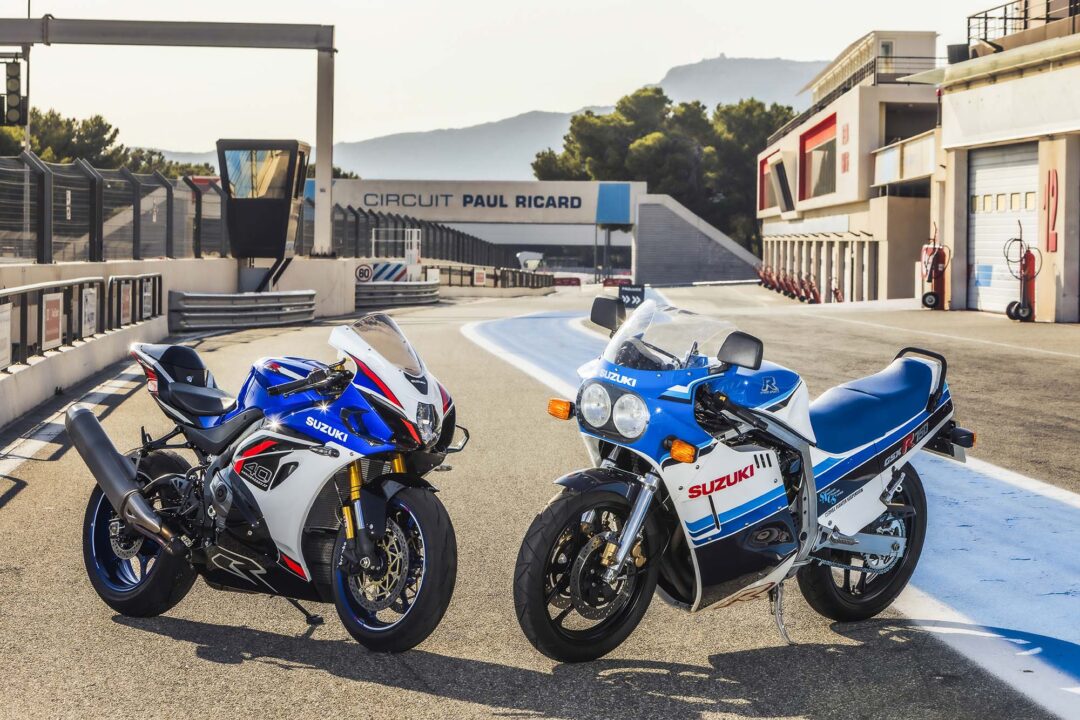
Specifications
2026 Suzuki GSX-R1000R
Engine type 4-stroke, 4-cylinder, liquid cooled, DOHC
Bore x stroke 76.0 mm x 55.1 mm
Engine displacement 999.8 cm³
Compression ratio 13.8 :1
Starter system Electric
Fuel system Fuel injection
Transmission 6-speed constant mesh
Suspension front Inverted telescopic, coil spring, oil damped
Suspension rear Link type, coil spring, oil damped
Brakes front Disc, twin
Brakes rear Disc
Tyres front 120/70ZR17M/C (58W) tubeless
Tyres rear 190/55ZR17M/C (75W) tubeless
Fuel tank capacity (L) 16 L
Overall length 2,075 mm
Overall width 705 mm
Overall height 1,145 mm
Wheelbase 1420 mm
Ground clearance 130 mm
Seat height 825 mm
Curb mass 203 kg
Further info www.suzuki.co.nz

